By Charlene Muhammad CHARLENEM
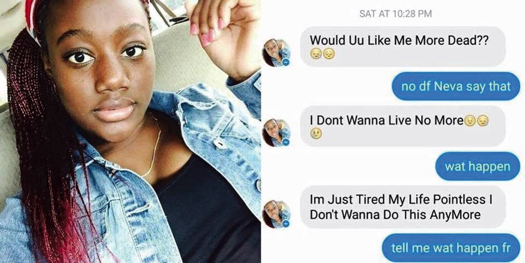
What to look for, who to call and why our children are taking their own livesIt is unthinkable, but happening. Little Black girls are killing themselves.
The causes include disproportionate exposure to violence and traumatic stress, aggressive school discipline, and depression, according to researchers and mental health experts.
Counselors and child advocates believe the disturbing trend can be reversed with love, commitment, and support services.
According to a 2015 study of trends by the Journal of the American Medical Association, children’s suicide rates have significantly doubled for Black children in the last two decades, and decreased for White children.
For Black youth (ages 10-19), the rate of male suicides (5.59 per 100,000) was three times higher than that of young Black females (1.87 per 100,000), according to the American Foundation for Suicide Prevention.
“We’ve been seeing it over the last number of decades within our communities, because there was a time when it really was rare for African American youth, but unfortunately, it’s becoming more and more common,” said Dr. Thema Bryant-Davis, a clinical psychologist and associate professor at Pepperdine University.
“I’m Just Tired. My Life Pointless. I Don’t Wanna Do This Anymore,” blared Nakia Venant’s Facebook page in January. The 14 year old allegedly broadcast her death on Facebook Live.
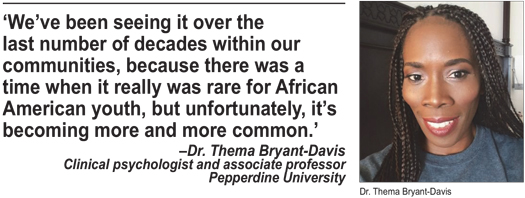
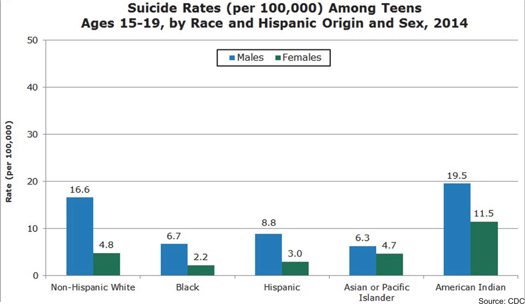
ccording to the Miami Herald, she was a survivor of physical and sexual abuse, and was in and out of foster care since 2009. Attorneys for her mother, Gina Alexis, said Nakia had “hopscotched among 10 different homes and shelters, including a hotel and a child welfare office building,” according to the Herald. Nakia hanged herself in the bathroom of a Miami Gardens foster home.According to Dr. Bryant-Davis, under diagnosed depression is the number one reason for Black girl suicide, particularly because of the way the disease manifests itself. Instead of showing up as sadness or despair, which are more recognizable traits, their depression may appear as irritability, anger, or as some would say, a negative attitude, according to Dr. Bryant-Davis.
Dominique Matti, a writer, shared she was full grown before she finally found out she was depressed. Before, she’d called herself lazy, selfish, combative, volatile, nasty, difficult–even evil, because that’s what she was told, she said.
“No one uttered the word depression in my regard. No one supposed my irritability was anxiety. No one told me how trauma touches Black girls,” she wrote in 4 Misleading Assumptions Keeping Black Girls From Getting Mental Health Care.
Her maladies were treated like an inherent character deficit and her mental illnesses were personality problems, Ms. Matti wrote.
Her teachers, counselors, relatives, and family friends, missed it, and nobody saw the blaring alarms and signaling symptoms manifesting in her, she continued.
“When people see someone as sad, they may be more compassionate and sympathetic and reach out to them, but when, as a result of our kind of stigma and stereotype, they misread the depression and despair and hopelessness as this girl is just angry or this girl has a bad attitude, they miss the opportunity to help,” said Dr. Bryant- Davis.
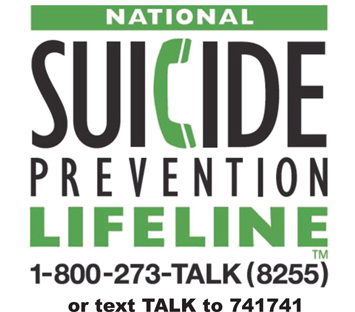
She said other factors leading to suicide among Black girls include their vulnerability to sex trafficking, and severe and violent sexual assault and partner abuse. Further, Black girls are more likely to experience homelessness, separation from families, abandonment, neglect, and incarceration of parents.
It’s important to create spaces that allow Black girls to have a girlhood, instead of treating them like adults by putting the weight of the world on their shoulders under the guise of preparing them for the world, said Dr. Bryant-Davis.
“We can’t prevent everything, but take the steps we can take to try to reduce the risks of violence of youth in trauma, and then putting them in environments that are affirming,” she stated.
It is unusual to see young, Black girls taking their lives, said Dr. Huberta Jackson-Lowman, president-elect of the Association of Black Psychologists.
When they are constantly abused, ignored, or feel invisible, they start to believe they are the source of the problem, that they’re bad, or lack worth and value, she said. Those feelings could easily result in them taking their lives, she explained.
“I think that we need to be communicating to our children that they are loved and they are valued, and whatever it is that they have experienced, or gone through, that we are willing to hear them and to provide whatever love and support and seek out whatever help we can for them,” Dr. Jackson-Lowman told The Final Call.
“Usually, when children do that, they’re not just responding to something internal. They’re responding also to things that are going on in their environment,” Dr. Jackson-Lowman added.
Environment includes the broader society, popular culture, early relationships with boys, and social media, said Dr. Bryant- Davis. Not only are people bullied and humiliated at school, but now it’s prevalent online, she remarked.
She said her own young daughter was threatened with a negative social media post in elementary school by another child who’d repeated what she heard an older sister say.
“This was like 1st grade, right! So it magnifies the intensity of the issue, that there’s this larger audience and also it can give the girls a false comparison, so they may be comparing themselves to these people they’re seeing online and it’s just not a realistic picture and it’s not a healthy model,” said Dr. Bryant-Davis.
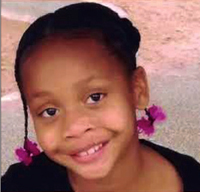
Ashawnty Davis, 10, of Aurora, Colorado, hung herself in her bedroom closet on Nov. 29, two weeks after a fight at school went viral on social media.
“It’s easy; they can get on Facebook and all these apps, but they don’t have an app for help,” Ashawnty’s mother, Latosha Harris, told FOX 31 KDVR TV in Denver.
More than 2,300 people contributed $46,000 to assist with her burial services through a GoFund- Me page created last Dec. 1.
“No one had a clue she was dreading going to school the next day. Ashwanty had her first and last fight at Sunrise Elementary school where she was taunted, and bullied. No one was around to ensure that the children on the playground were safe,” reads the fundraising page that has been shared 10,000 times.
The site appeals on behalf of Ashawnty’s mother, father, and six brothers and sisters that families pray and talk with their children. It also calls for an end to bullying in her memory.
“The ‘bully-in-chief’ is living in the White House, and that is influencing everybody, because people on the streets, at the gas station, everywhere, are bullying people, so I think it’s trickling down from the Oval Office to all of us. It’s becoming a lifestyle,” said Dr. Sandra Cox, executive director of the Coalition of Mental Health Professionals in Los Angeles.
Part of the problem has been the destruction of the Black family, and lack of resources as a result, she said. She blames the federal government’s crack cocaine conspiracy and war on drugs which targets Black youth.
“The Black family has really been destroyed, and it’s really getting worse,” Dr. Cox told The Final Call.
If there are no warning signs, how can families spot them?
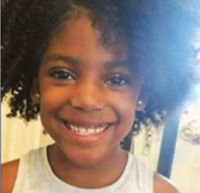
Little Imani McCray of Newark, N.J., imitated Ashawnty Davis’ fateful suicide and was found hanging in her closet after being sent to her room for a time out, according to media reports. Reports indicated the 8 year old had not been bullied, according to investigators.
Maryam Muhammad, publisher of Heal Thy Life magazine and founder of Heal Thy Life Center, Inc., said whether it’s due to rape, drugs, or witnessing their friends being shot and killed on the streets, young Black girls can live through vicious cycles.
“I suffer. I live. I die,” she said. “They’re looking for help! They don’t want to stay in their condition. It’s that they have not seen that help manifested, so we’ve got to show them that God came, by leading the way and being the example,” Ms. Muhammad said.
Experts offered a variety of solutions to help young girls contemplating suicide, experiencing diffi- culties, and their families.
Seek professional help, before it’s too late, they urged, and not just for the vulnerable girls, but the entire family.
The American Foundation for Suicide Prevention suggests talking to girls in private and listening to their stories and concerns.
Tell girls they’re cared for. Ask directly if they are thinking about suicide, and avoid debating the value of life, minimizing their problems or giving advice, said experts.
Girls or anyone in crisis can call the National Suicide Prevention Lifeline at 1-800-273-TALK (8255) or the Crisis Text Line by texting TALK to 741741.
The Association of Black Psychologists provides a list of therapists at http://www.abpsi.org/findpsychologists/, and the national office can be reached at (301)449-3082.












